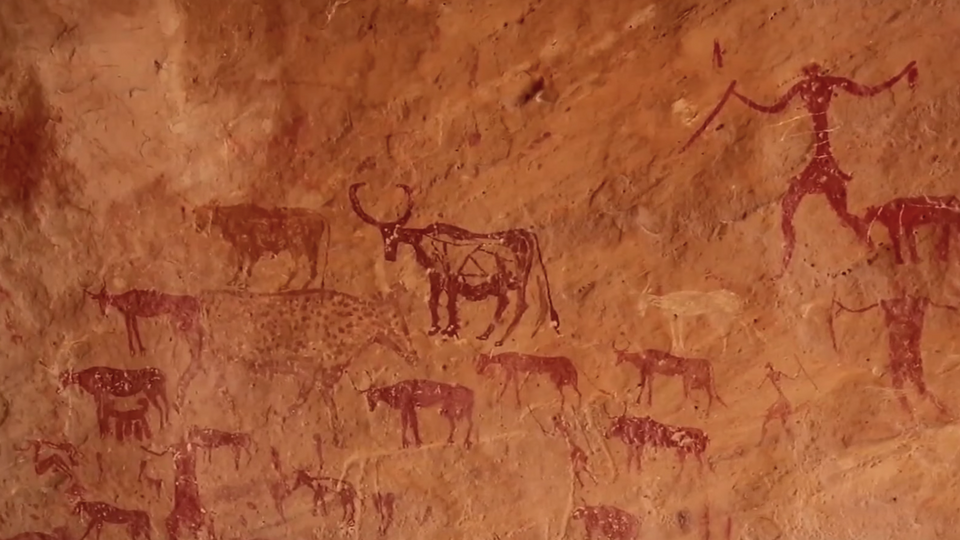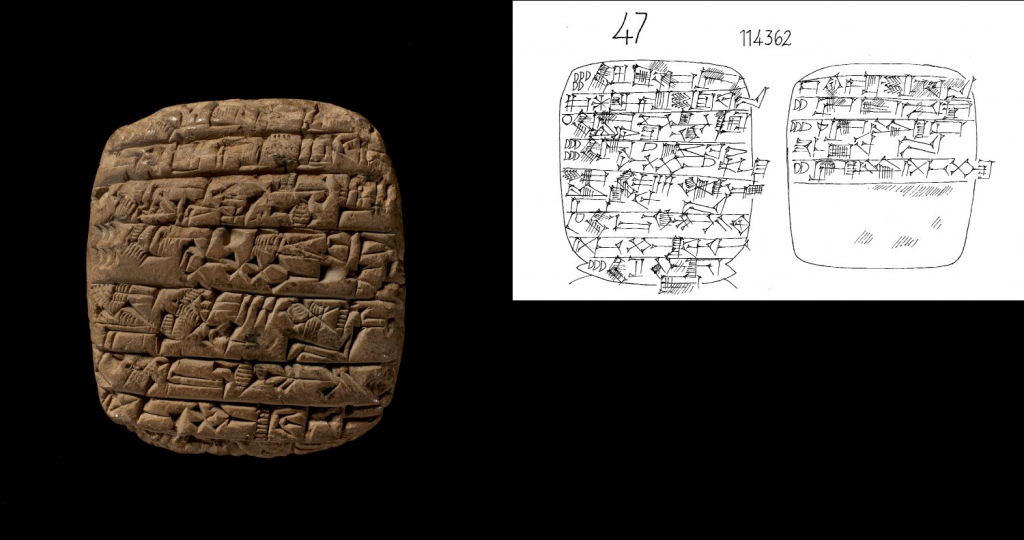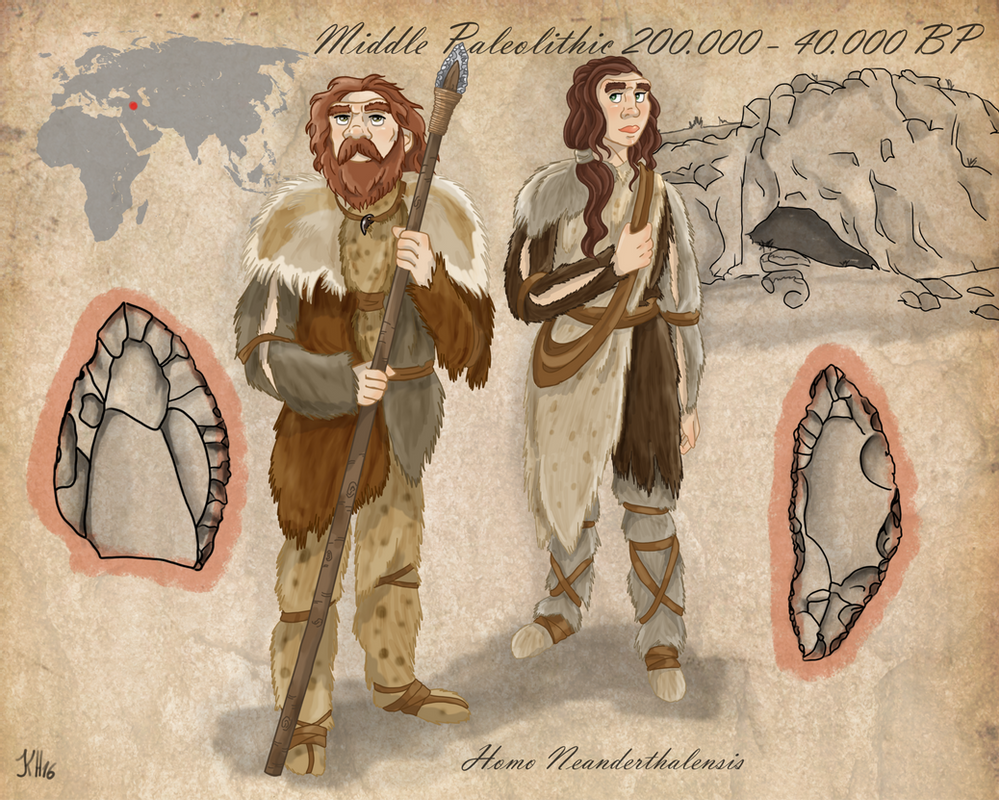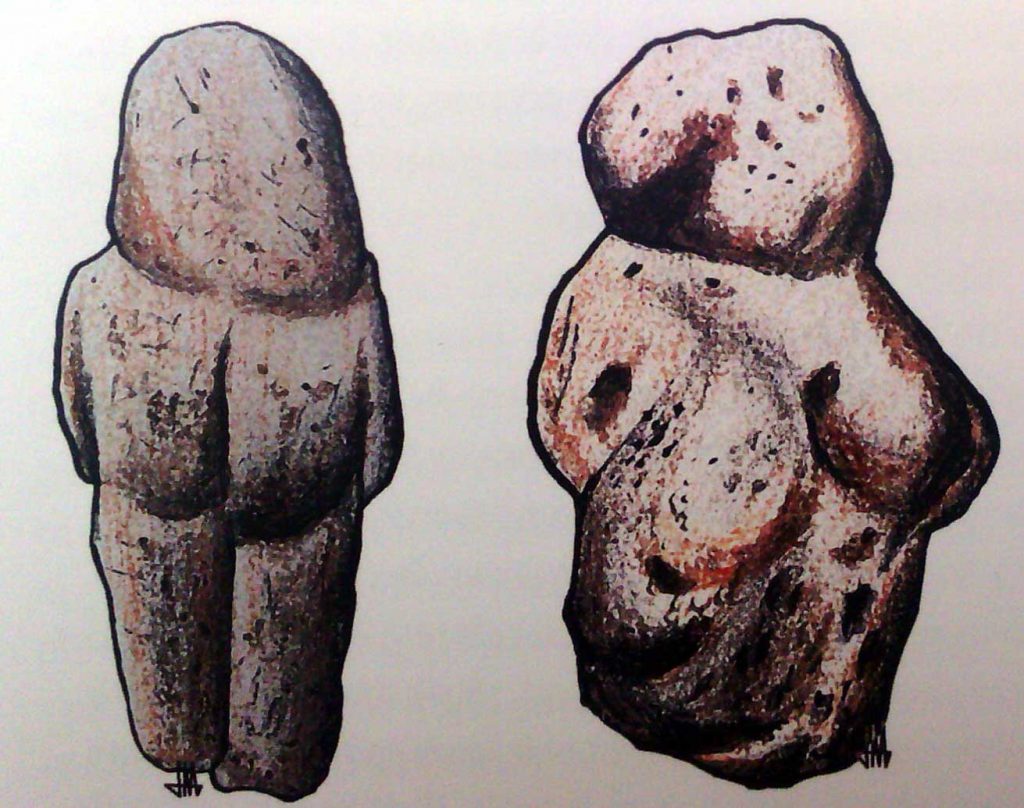History of Handprints And Handwriting
Art and Writing have been useful tools for communication since the dawn of time. Through cave painting and engravings we are able to discover and understand more about life before the common era.

In class, we learned about how the cave paintings in Indonesia were very similar to the ones in Europe. We also made a note of how the animals were drawn from many different angles and without these paintings, we wouldn’t know what use to live in particular regions that don’t anymore.

Developed civilizations like Indus Valley would be scratched into a tablet detailed carvings and their own written language to communicate such things as counting grain. We also learned the difference between a pictograph and an idea graph. A pictograph was used as a literal representation of something while an ideograph is a graphic symbol that represents an idea.
Palaeolithic Design and Culture
The Palaeolithic period (c.2,500,000 – 10,000 BCE) was known for using stone as a key tool in their civilization. The oldest human tools were simple stone choppers but as the Palaeolithic man continued to produced better tools such as hand axes and blade tools. These simple tools are what all human culture is based on as we have continued to progress from our ancestors.

Lower Palaeolithic rock art first came from inside caves and shelters in India. The number of petroglyphs were found to be dated from at least 290,000 BCE. Near the end of the period, roughly 200,000 and 500,000 BCE, two primitive figurines called the Venus of Berekhat Ram and the Venus of Tan-Tan as another form of rock art.
